Smartphones & Tablets | March 1, 2024
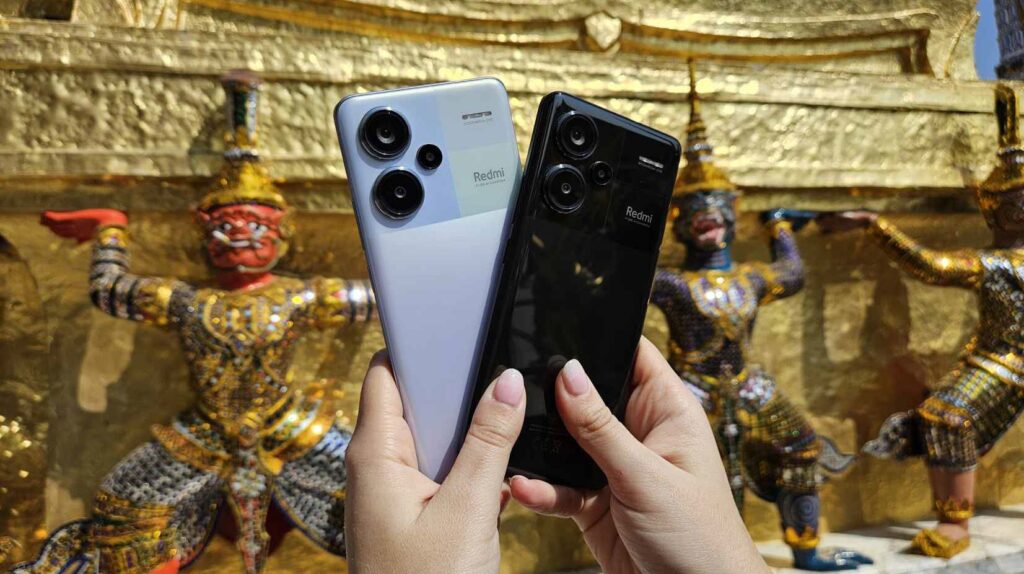
The season of presentations for major mobile manufacturers is kicking off. While we await the most premium phones of 2024, brands like Xiaomi are already refreshing their most popular lines, the mid-range. Last week, a new POCO family was introduced, and today, the Chinese giant has unveiled the Redmi Note 13, with its most powerful model analyzed below, challenging premium phones by combining ambitious specifications and design with a more affordable price for everyone.
From Thailand, Xiaomi has just announced the Xiaomi Redmi Note 13, featuring four phones ranging from 199.99 euros to 499.99 euros. This year, the brand has embraced its slogan “all is pricing,” maintaining the prices of this line from the previous year, even reducing some, while improving their capabilities.
The Redmi Note 13 Pro+, the most advanced model among those presented by Xiaomi today. We have had the opportunity to test this new smartphone while roaming the streets of the capital of Thailand, Bangkok, putting its performance, autonomy, and, of course, cameras to the test to capture the best photos during this journey. Its starting price remains at 499.99 euros (12 GB + 256 GB), the same as the previous Xiaomi Redmi Note 12 Pro+ 5G, also reviewed by this outlet back then. It is sold with the Redmi Watch 4 as a launch offer. There is also the option to get it for 449.99 euros if you choose the configuration with 8 GB of RAM and 256 GB of memory. Let’s get to know the Redmi Note 13 Pro+.
Although Xiaomi has designed a tricolor version that captures all the attention in the color range for this phone, this newspaper has analyzed the black model, the most elegant and sober option of the set. This year, the manufacturer has embraced a series of modifications that allow the phone to blend with other more expensive and powerful models.
We are dealing with a slim and elongated phone to cover the 6.67 inches of the screen. It has a slight curvature both on the back cover and on the sides and front screen. This should facilitate grip, but due to its thinness and light weight, it feels more secure in the hand when the included case is added. The case is black, silicone, and matte; its function is to prevent the phone from slipping, while blending with the black tone of this Redmi Note.
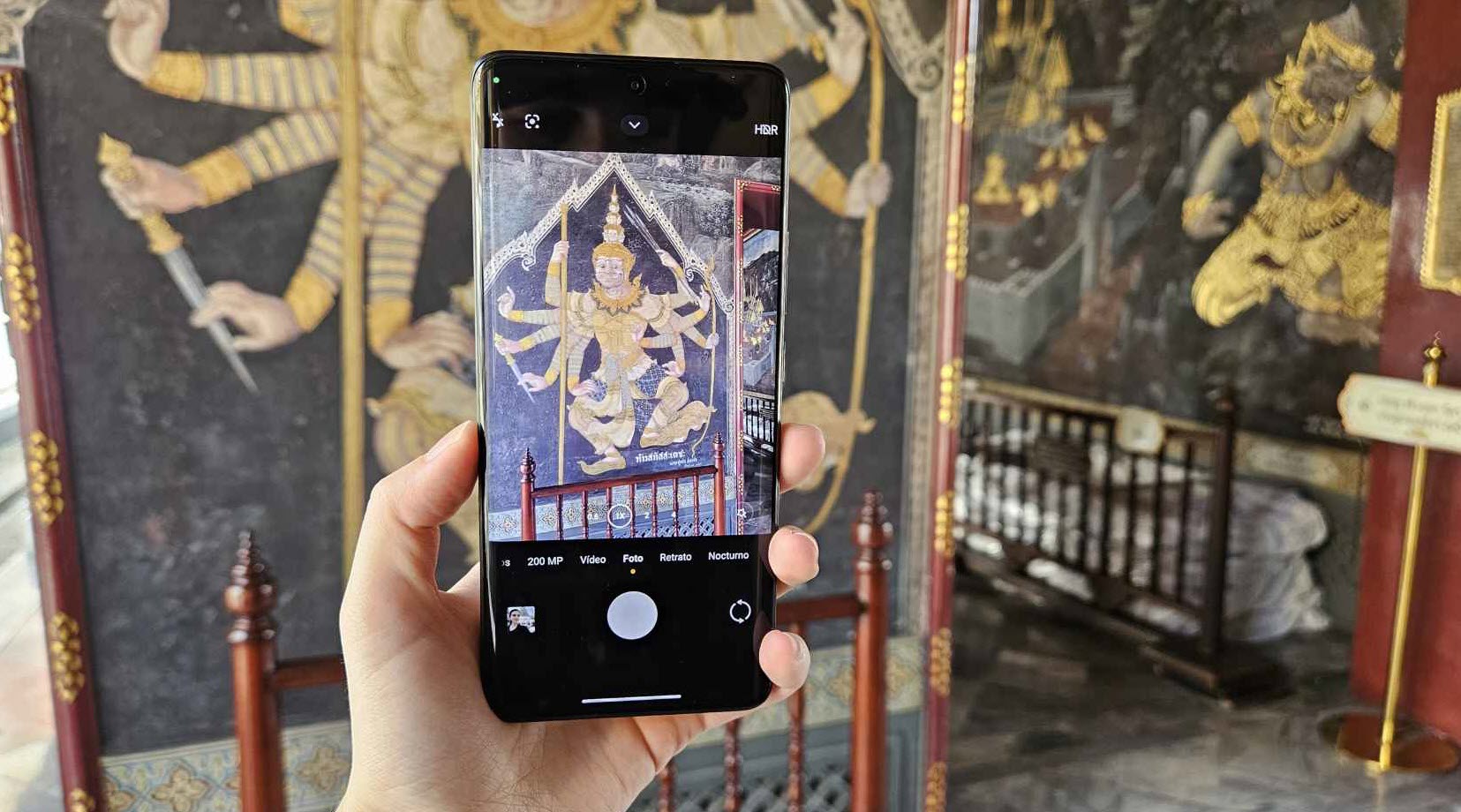
This year, Xiaomi has chosen to expand the glass panel on the back on which the cameras rest, forming a triangle. This panel covers almost the entire top back. The cameras protrude significantly above the rest of the casing, hence the use of the case making even more sense; it has a protrusion to prevent the cameras from colliding when the phone is placed on the table, for example.
On the front, the screen remains one of the great strengths of the premium Redmi Note. In 2024, the 6.67-inch AMOLED panel becomes curved on the side edges, offering a feeling of an infinite screen without distortion of shapes or colors in that curve, except for applications that are not designed for it.
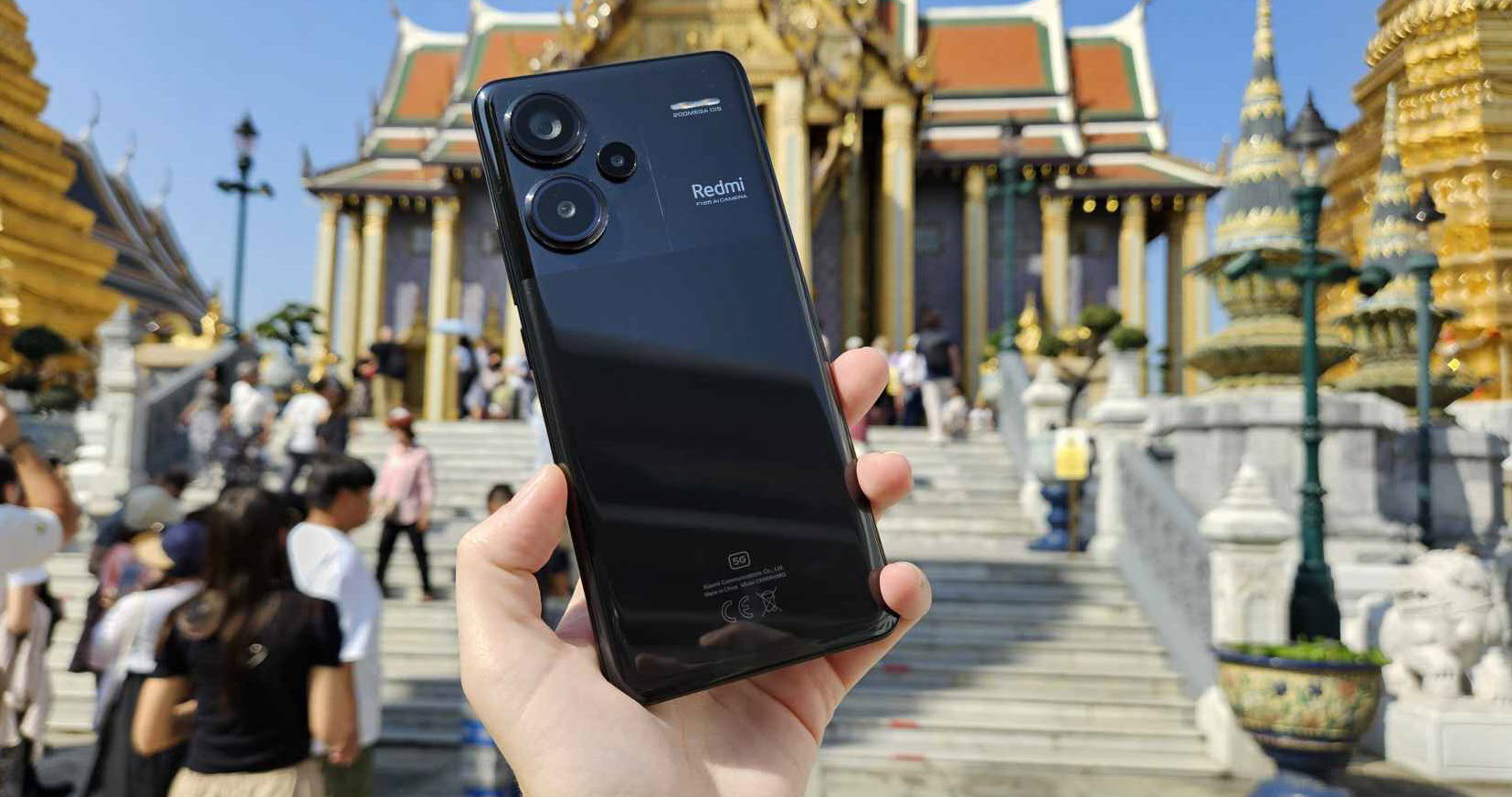
The touch sensitivity of this curvature is also high, which is positive if it involves intentional actions, but it can give errors if the phone is held tightly, difficulties that all curved screens present. To enjoy the content, it has a resolution of 1.5K (2712 x 1220), halfway between FullHD+ and QHD, an improvement over last year. It also supports Dolby Vision and HDR10+ and has a refresh rate of 120 Hz. This translates to a very satisfying experience, both for viewing high-quality images and navigating between apps smoothly. It offers good contrast levels and brightness that goes up to 1,800 nits in this model, for facing even the sunniest day.
Also as a novelty, Xiaomi has protected its best mid-range phone with IP68, which means it can get wet and even be continuously submerged without the risk of damage in the water. Although it is advisable not to force the protection, it is designed for accidents.
Although the cameras of the Redmi Note 13 Pro+ are not much different from the configuration of its predecessor, photography remains one of its best attributes. The flagship of the new Redmi Note family features a main 200-megapixel camera with optical stabilization OIS, accompanied by an 8 MP ultra-wide-angle and a 2 MP macro camera. In front, the selfie camera remains at 16 MP.
The images produced by the rear set are as good as promised on paper, with sharp details, a wide dynamic range, and optical stabilization that helps handle challenging conditions. Effects like HDR or AI camera are barely needed, as the camera and its software activate the necessary settings directly, so the user only needs to worry about a quick focus and shooting.
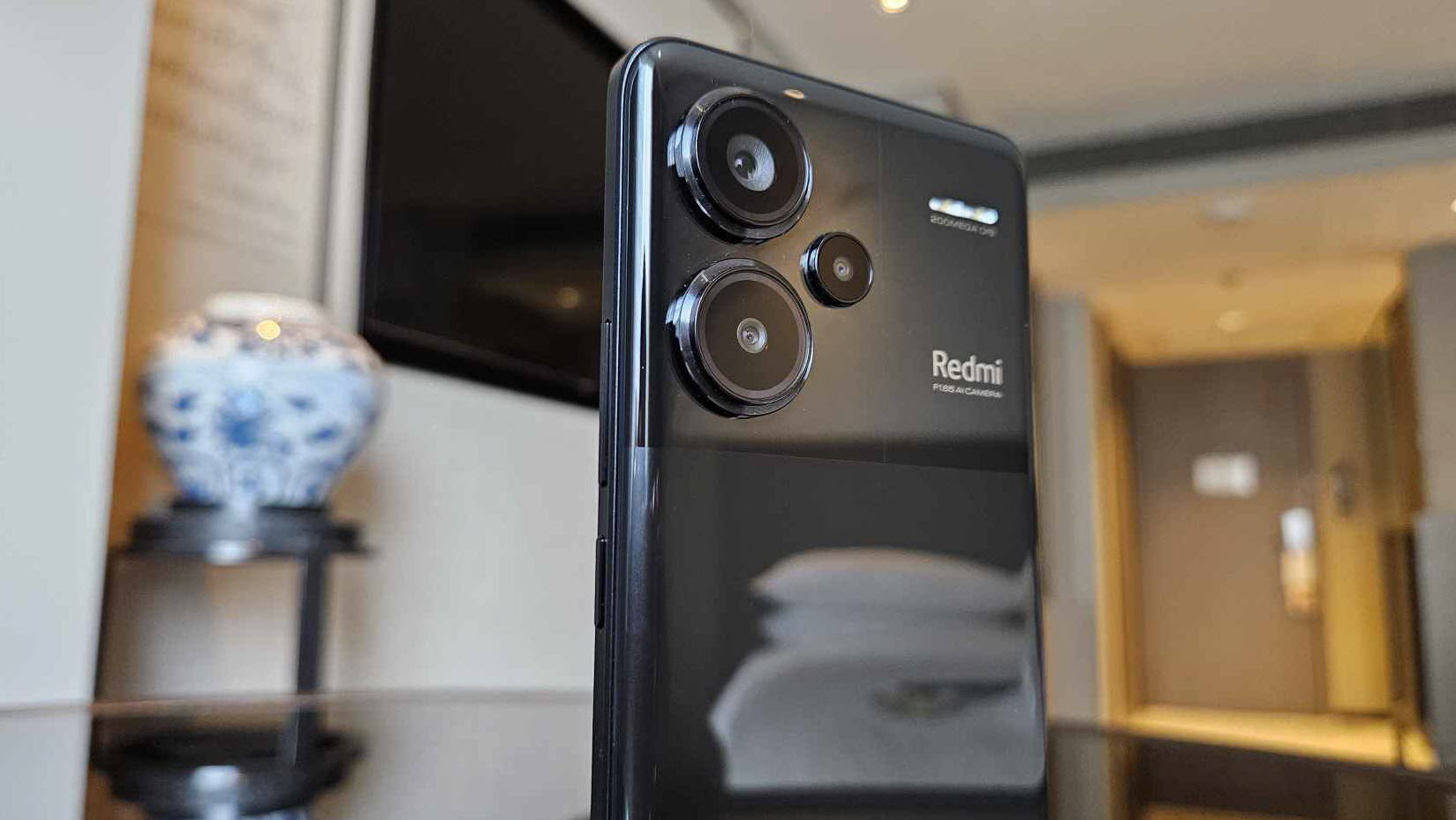
There are some slightly saturated snapshots with somewhat unreal colors, a sin that most brands fall into, driven by trends on social networks and that in high-end models, with Leica as a collaborator, is helping to provide alternatives for lovers of natural tones. In this case, post-editing allows for a quick correction.
The portrait mode can be used for a more pronounced effect, although the phone activates this function directly in scenes with good depth. The bokeh effect is also edited afterward. The ultra-wide-angle, on the other hand, respects the shapes at the ends of the image but imparts less control over contrasts between lights and shadows or strong tones; it does not lose brightness, on the contrary. The 2 MP macro sensor, although it yields good results, is still not a sensor to be used regularly.
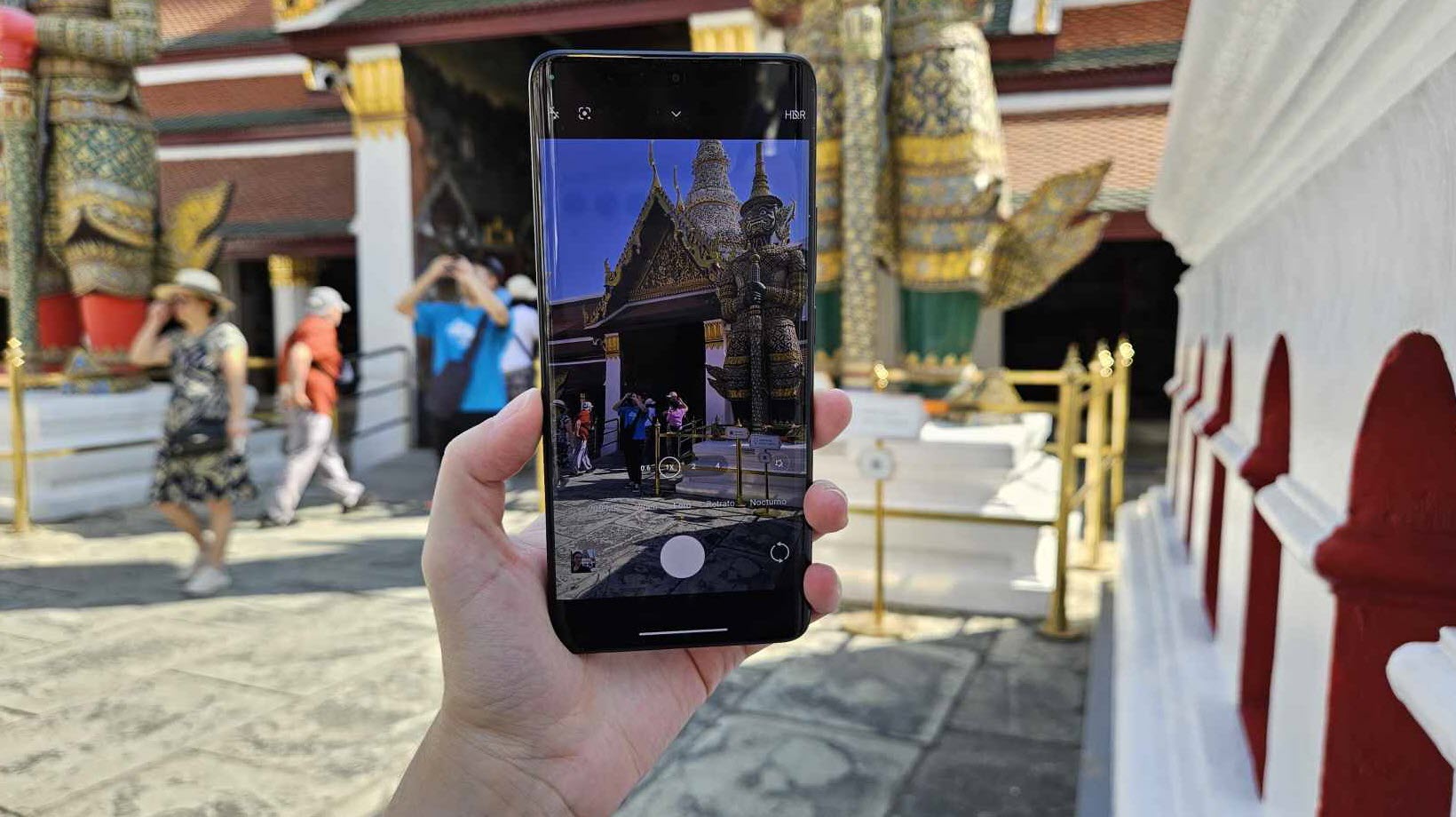
At night, the biggest challenge for the Redmi Note 13 Pro+ arrives on the dark streets of Bangkok filled with dark alleys dotted with neon signs. The camera directly applies night settings, achieving a good balance between lights and shadows for a mid-range phone, as well as sharp details. Applying Night Mode sometimes implies accepting that the image becomes more like a painting than a snapshot. Finally, the videos do not have stabilizers or other settings, although they benefit from the camera’s qualities to adjust light and details positively.
The 16 MP front camera does its job well without standing out. Good daytime lighting and defined details at night, also with night mode. In this case, there is a significant difference from its previous model.
The Redmi Note 13 Pro+ is powered by a MediaTek 7200 Ultra octa-core chipset. Although it is not the most powerful processor on the market, it performs well in this mid-range phone. During the tests, we did not notice overheating, nor excessive heating when charging. It is accompanied by 8 GB of LPDDR5 RAM and 256 GB of UFS 3.1 storage. The phone also has RAM expansion technology, which can be expanded with up to 5 GB of virtual memory. Added to this is the 5G connection as a guarantee that the phone can stay up to date in the coming years.
Spending the whole day outside and making intensive use of the cameras, the autonomy of the Redmi Note 13 Pro+ has been notable. This model has a 5,000 mAh battery, a figure that was established in the best mid-range phones some time ago. With the sun shining at this time of year in Thailand, it is essential to adjust the screen almost to the maximum brightness, one of the elements that always manages to drain the battery before anything else.
Connected to both WiFi and mobile data and using the screen and cameras, the phone has lasted a full day without the charge threatening to run out by the end of the day. When you return home and can put the phone on charge, it is back to 100% in less than half an hour thanks to the GaN charger included in the box and the 120 W fast charging.
Unlike Apple or Samsung, Xiaomi continues to include its powerful chargers with the purchase of its phones. This one, in particular, would have a separate price of 59.90 euros. In addition, due to its 120W power, it can be used to charge many of the current laptops, making it easy to carry a single charger when traveling with all the work equipment, as has been our case.
When comparing the Redmi Note 13 Pro+ with its previous model, I felt like I was playing a game of finding the seven differences. They are not identical phones, but the new one inherits many aspects from the previous one and at the same time manages to advance in key details. What worked last year doesn’t have to be changed this year. The Redmi Note 12 Pro+ was one of the recommended smartphones last year for those looking for quality and good photography but were not willing to pay the prices that the high-end demands.
A series of gems such as a more premium design, better protection against accidents, more brightness on the screen, or greater processing power and memory make this novelty a worthy competitor in its price range. Xiaomi wants to continue being the king in the mid-range, maintaining its strong price-quality relationship.